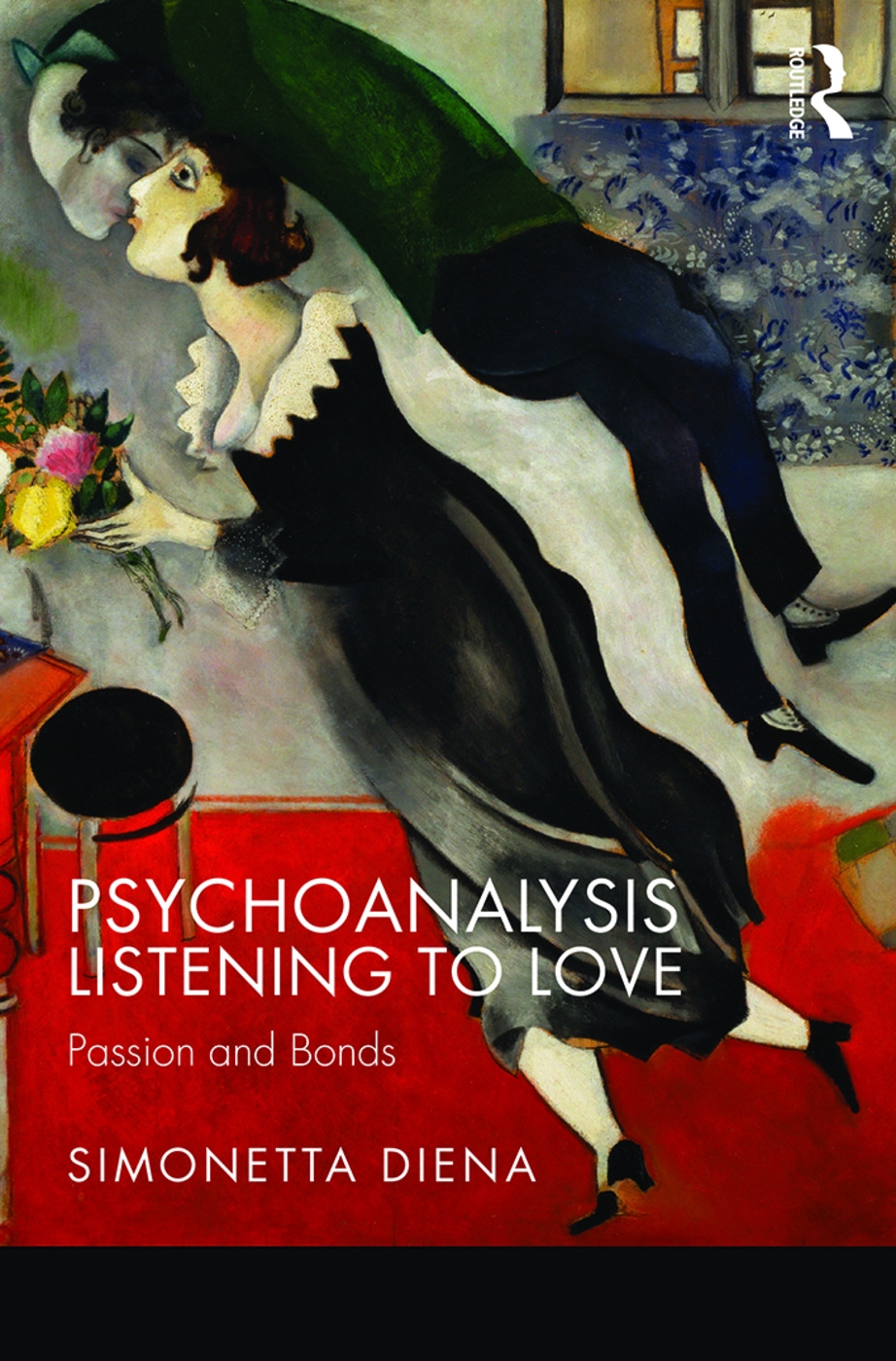This book is about love, how we fall in love, why we fall in love, and how much we suffer if unable to love or be loved. The need to love and be loved can be read as the prototype of every human need and every relationship between human beings. To be loved is wishing to be seen, known, and recognized for what we are in our deepest and most hidden inner self in our wildest desires to live and be free. It is a need for knowledge, gratefulness, and recognition. Literature, cinema, and our very experience of life tell us about it.
By listening to love, can psychoanalysis add anything further and new to what has already been said by culture, art, and our life experiences? In psychoanalysis, the events of love can be understood by going back to the most primitive forms of human relationships, that is, to the earliest childhood experiences. However, they can also be looked at as an integral part of human vicissitudes and, therefore, as an essential element of adulthood, caught between passion and bonds.
From a strictly theoretical viewpoint, we might say that the passion of love stems and develops from an intermediate area existing between the libidinal and narcissistic structures of the Self, between drives and projective identifications. However, the terrible and unfathomable nature of passions, that complex tangle of sexual desire, fusional need, abandonment anxiety, fear of solitude, despair, and unbearable unhappiness, the continuous swinging between delusions and disappointments, escapes a definition that is too narrow. According to different sexual orientations and at different ages, from childhood to adulthood, passion and bonds constitute the innermost essence of human nature.
| FindBook |
|
有 1 項符合
Diena,Harriet (TRN),Simonetta/ Graham的圖書 |
 |
$ 1869 | Psychoanalysis Listening to Love: Passion and Bonds
出版社:Diena,Harriet (TRN),Simonetta/ Graham 出版日期:2018-03-23 語言:英文 規格:平裝 / 15.2 x 22.2 x 1.3 cm / 普通級/ 譯本  看圖書介紹 看圖書介紹
|
|
|
圖書介紹 - 資料來源:博客來 評分:
圖書名稱:Psychoanalysis Listening to Love: Passion and Bonds
|










